Microphone modeling technology has captivated the audio world by promising the sound of multiple vintage microphones through a single modern mic and dedicated software. For recording enthusiasts, especially in smaller or project studios, this can feel almost like magic: instead of maintaining a pricey and extensive mic locker, one can use a neutral-sounding modeling microphone and switch models in software to emulate a wide range of classic condensers, ribbons, and dynamics. Yet, many questions arise about how this technology works, whether it is truly authentic, and how it compares to the real vintage gems that have helped shape recorded music history.
In this article, we will explore the essentials of microphone modeling, the major brands leading the charge, the benefits and limitations for smaller studios, and whether these systems can genuinely replace a costly vintage mic collection. We will also provide practical tips for different levels of users, ensuring you have the insights needed to decide if modeling microphones are right for your setup.
Table of Contents
- Understanding Microphone Modeling Technology
- Major Players in Microphone Modeling
- Benefits for Project Studios
- Technical Considerations
- Can Modeling Replace a Vintage Collection?
- Practical Advice and Recommendations
- Conclusion
Understanding Microphone Modeling Technology
Microphone modeling has come a long way from its early days as a purely software-based concept. It is now a mature solution that allows recording engineers and artists to capture audio through a specially designed microphone, then apply software processing to make that recording resemble the tone, character, and even the polar patterns of legendary mics.
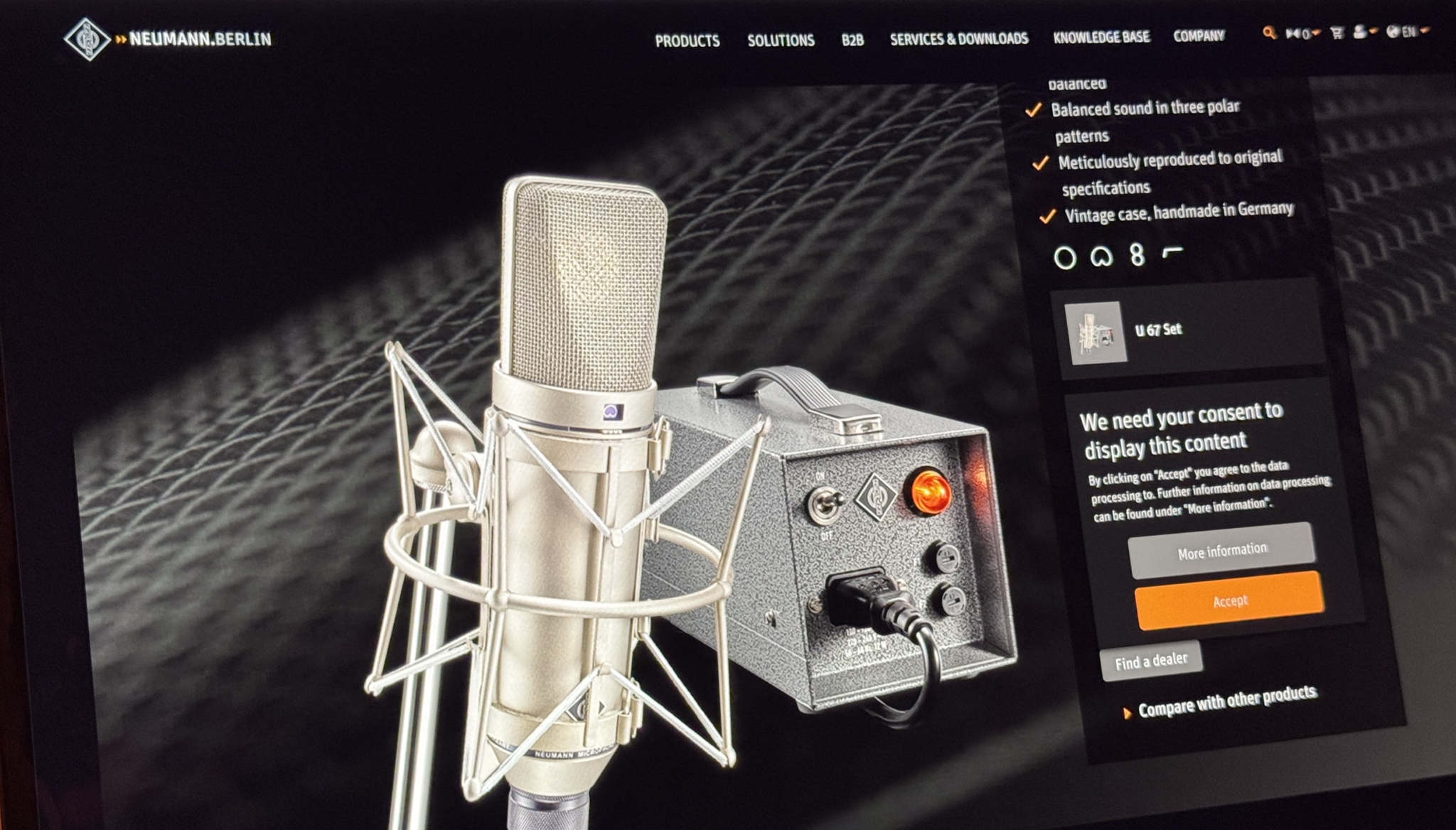
The Basic Concept
When people speak of microphone modeling, they are referring to a synergy of hardware and software. The hardware typically involves a neutral, high-fidelity condenser microphone. This microphone is designed to capture sound as cleanly and transparently as possible, with minimal colorations. In other words, the microphone aims to offer a blank canvas, so to speak, onto which different mic profiles can be “painted” in post-production. Once the audio is captured, specialized software steps in to transform the raw signal, shaping its frequency response, harmonic behavior, proximity effect, and even off-axis capture. The goal is to make it sound like a specific vintage or modern microphone.
Early attempts at modeling focused predominantly on EQ matching or applying simple filters. A user would record with a known microphone (say, a budget condenser) and then load a plugin that added or subtracted frequency content to approximate a target microphone. While such methods did help with tone shaping, they often fell short of replicating the nuances of classic mic designs, which can exhibit unique harmonic distortions, transient responses, and polar characteristics. Modern systems have improved drastically by integrating the microphone itself into the modeling process. The software knows exactly how the specialized modeling microphone behaves and can apply precise transformations to replicate not just the raw frequency curve of vintage classics, but also their more intricate behaviors.
The Evolution of Mic Modeling
The evolution of microphone modeling from rudimentary software to advanced hybrid systems marks a significant moment in audio technology. In earlier eras, the notion of using a single mic for multiple emulations was considered mostly a convenience or a novelty. As digital processing expanded and measurement techniques improved, manufacturers found ways to analyze and recreate every subtle trait of vintage mics with increasing accuracy.
These developments also coincide with the democratization of recording gear. In the past, building or purchasing a vintage mic collection was the domain of top-tier studios or well-funded professionals. Now, smaller studios and even home-based music producers can own one specialized microphone, install a plugin, and have access to a library of iconic models. This transformation has enabled a new generation of producers, podcasters, voiceover artists, and musicians to explore high-end microphone tones without breaking the bank. The shift has also encouraged more experimentation: a singer can record a performance using the modeling mic and then compare different classic microphone models during mixing, choosing the one that best complements the track.
Major Players in Microphone Modeling
Though many brands have ventured into modeling, a few stand out due to their comprehensive solutions and notable sonic results. These companies combine hardware microphones with plugins or dedicated software that work synergistically to emulate a variety of vintage and modern classics. Three brands in particular—Slate Digital, Townsend Labs (now under Universal Audio), and Antelope Audio—are consistently mentioned as the top choices by many audio professionals. Each takes its own approach to hardware design, software interface, and range of available models.
Slate Digital VMS
Slate Digital’s Virtual Microphone System (VMS) emerged as one of the pioneering integrated solutions for mic modeling. It typically includes a dedicated large-diaphragm condenser mic (the ML-1) and a super-clean preamp, paired with the VMS plugin that hosts the emulations. This streamlined approach allows the user to capture an extremely neutral signal. Then, inside the software, one can select from a variety of emulations covering legendary tube models, well-known FET condensers, and even dynamic-style sounds.
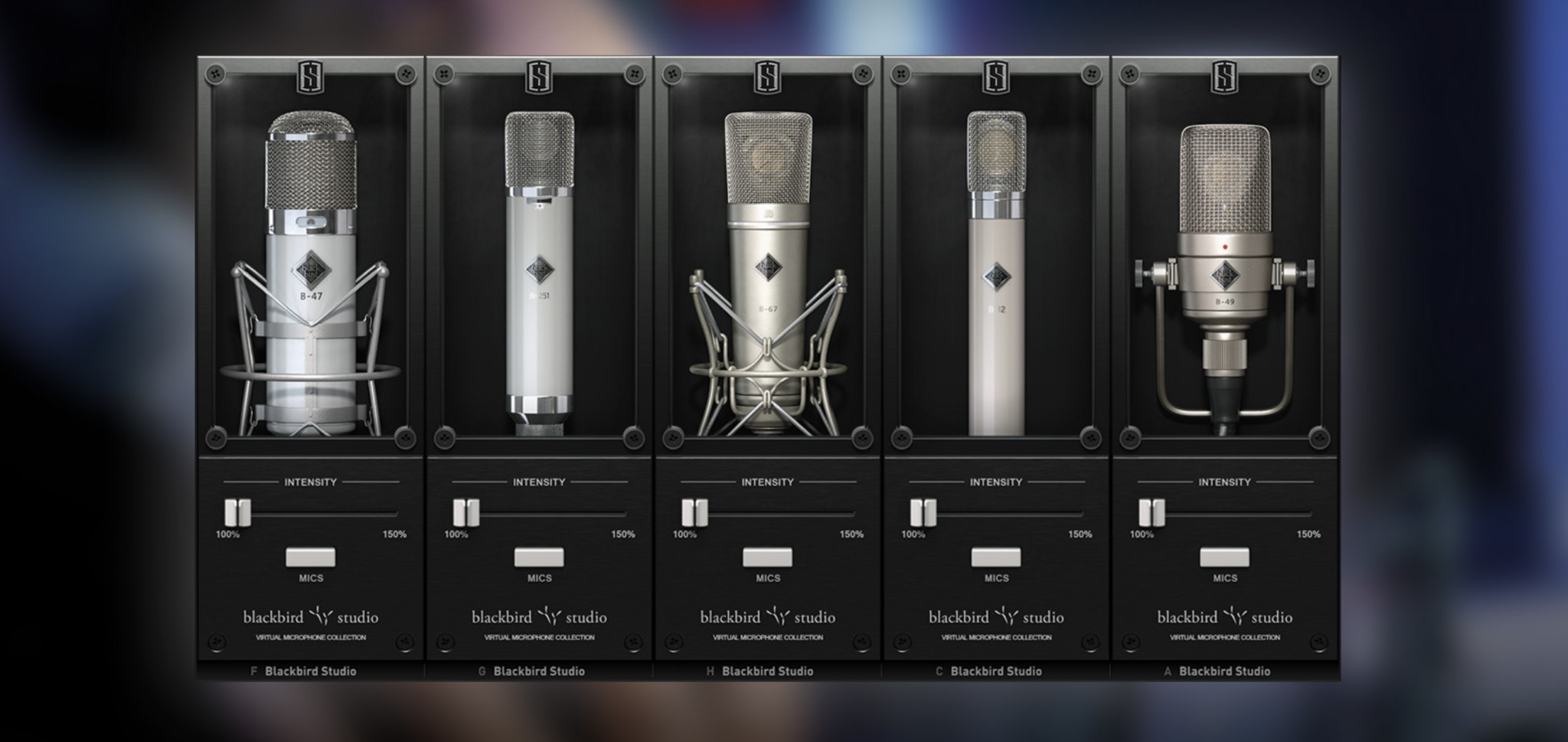
Despite having a single-capsule design, VMS manages to deliver impressively convincing emulations for vocalists, instrument recording, and more. Its simplicity also resonates with users who prefer a straightforward workflow: record through the mic, load the plugin, and pick the desired virtual mic model. Unlike some of the more sophisticated dual-capsule approaches, Slate’s system stays largely in cardioid territory, focusing heavily on tonal character. However, for many situations, especially in project studios where one microphone is used mainly for vocals, this is not a limitation. VMS’s strong reputation stems from both the quality of its base microphone and the carefully crafted plugin that can mimic the specific warmth, top-end presence, and harmonic coloration of prized vintage mics.
Townsend Labs Sphere
The Sphere microphone system started with Townsend Labs, eventually being acquired by Universal Audio (UA). It has earned praise for its dual-capsule design, which enables highly detailed modeling of polar patterns and off-axis response. This hardware architecture captures signals from both the front and rear diaphragms, sending them to two separate channels in the recording interface. Later, the Sphere plugin recombines these two channels to re-create the acoustic phenomenon of a given target microphone, including how that mic would respond to sounds arriving from various angles.
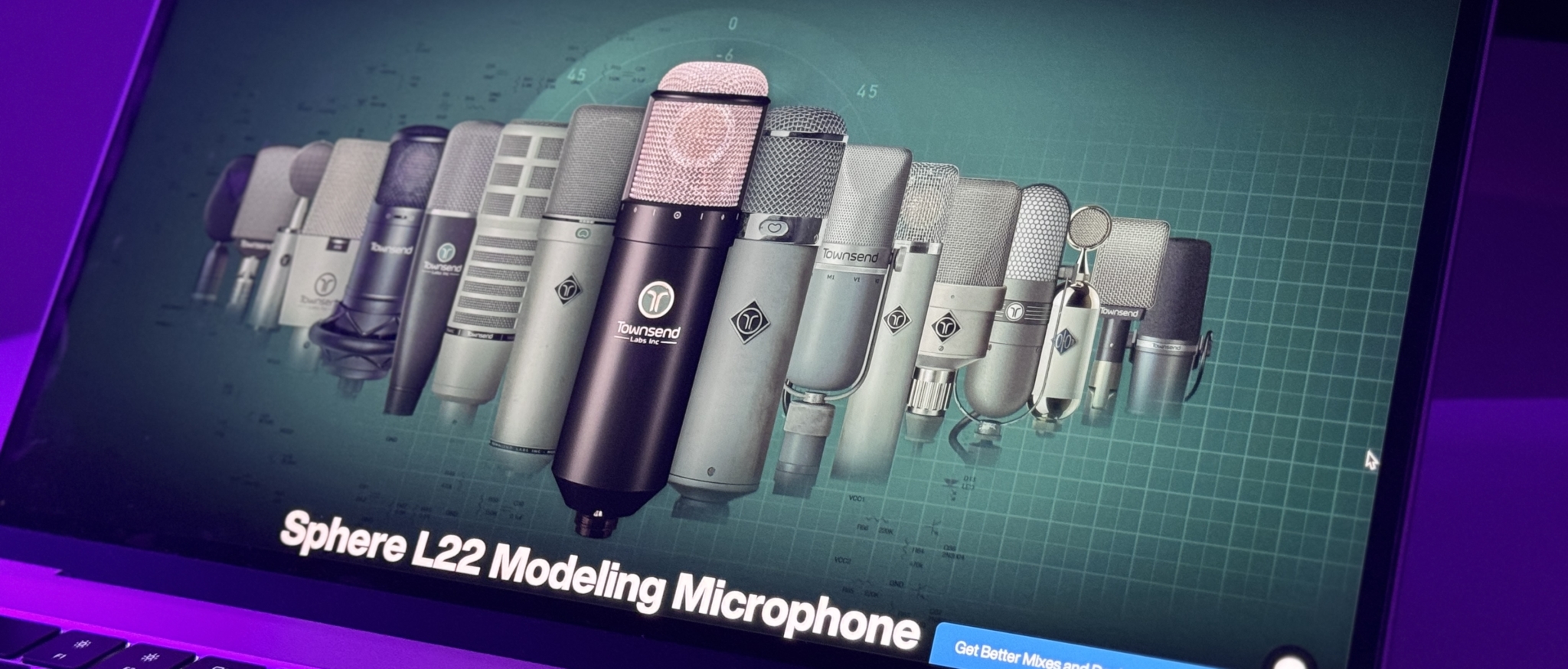
This dual approach is considered a major advantage if one seeks to emulate not only the on-axis tone of a vintage mic but also its three-dimensional sonic footprint. Sphere also allows continuous adjustment of the polar pattern after recording, letting engineers find the perfect balance of direct sound and room ambience. Additionally, the system offers a feature to “blend” two models simultaneously, so one could, for instance, combine the coloration of a vintage tube condenser with the brightness of a modern FET to achieve a hybrid tone. That level of flexibility is particularly appealing for advanced users who wish to sculpt unique sound signatures without committing to a specific mic choice during the performance.
Antelope Audio Edge
Antelope Audio’s Edge series introduces yet another dimension to mic modeling by offering multiple designs—ranging from single-capsule to dual-capsule options, including specialized models for stereo and even USB-based microphones. Like Townsend’s Sphere, some of the Edge microphones use dual diaphragms, allowing multi-pattern control and nuanced off-axis modeling. Where Antelope differentiates itself is through its hardware-based processing found in many of its own interfaces. Users who own Antelope interfaces can run modeling in real time on the interface’s internal DSP, thereby reducing latency and freeing up CPU resources on the host computer.
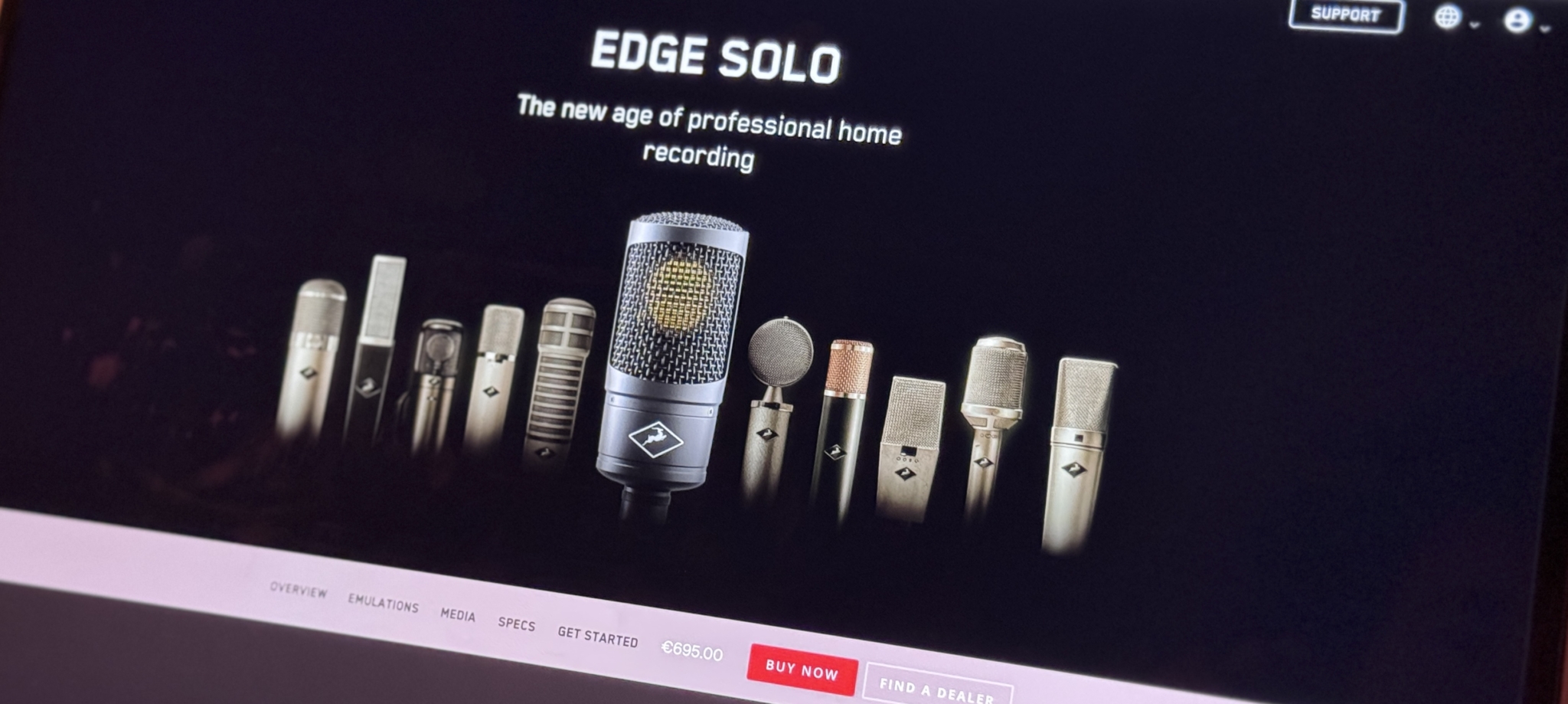
Beyond real-time monitoring, Antelope has also ensured that their modeling can be done via a plugin for those who do not own an Antelope interface. That flexibility broadens their appeal to existing studios or users who prefer a different interface brand. Another unique offering from Antelope is the Edge Go, a USB-powered modeling microphone that encodes all the necessary DSP inside the mic itself. This approach offers portability and convenience for quick on-the-go sessions where a full interface and outboard gear might not be practical.
Benefits for Project Studios
Microphone modeling has swiftly gained traction within project and home-based studios, where budget constraints and limited space often pose a challenge. By providing a wide range of microphone tones using a single physical microphone, modeling systems address several of these pain points while delivering professional-grade results.
Cost-Effectiveness
One of the most obvious benefits of mic modeling is the remarkable cost savings. Authentic vintage mics—such as a prized tube model from the mid-20th century—can easily cost tens of thousands of dollars. Even modern clones that attempt to replicate these classics carry hefty price tags. By contrast, a modeling setup that includes the mic and the software may only run a fraction of that cost. This budget advantage extends beyond the initial purchase. There is typically no need for costly maintenance, repairs, or retubing that real vintage microphones often require. In a smaller setting, the ability to acquire a broad sonic palette within a single system is genuinely transformative, enabling producers to tackle diverse projects without needing to acquire more physical gear.
Furthermore, owners of project studios can book more clients by advertising that they offer a wide range of mic tones comparable to larger studios. While purists may debate the exact authenticity of the emulations, the difference in cost vs. performance often renders mic modeling a clear winner for many practical applications. It effectively brings the revered “vintage mic locker” sound to those who could never have afforded it otherwise, allowing them to compete more directly with bigger facilities.
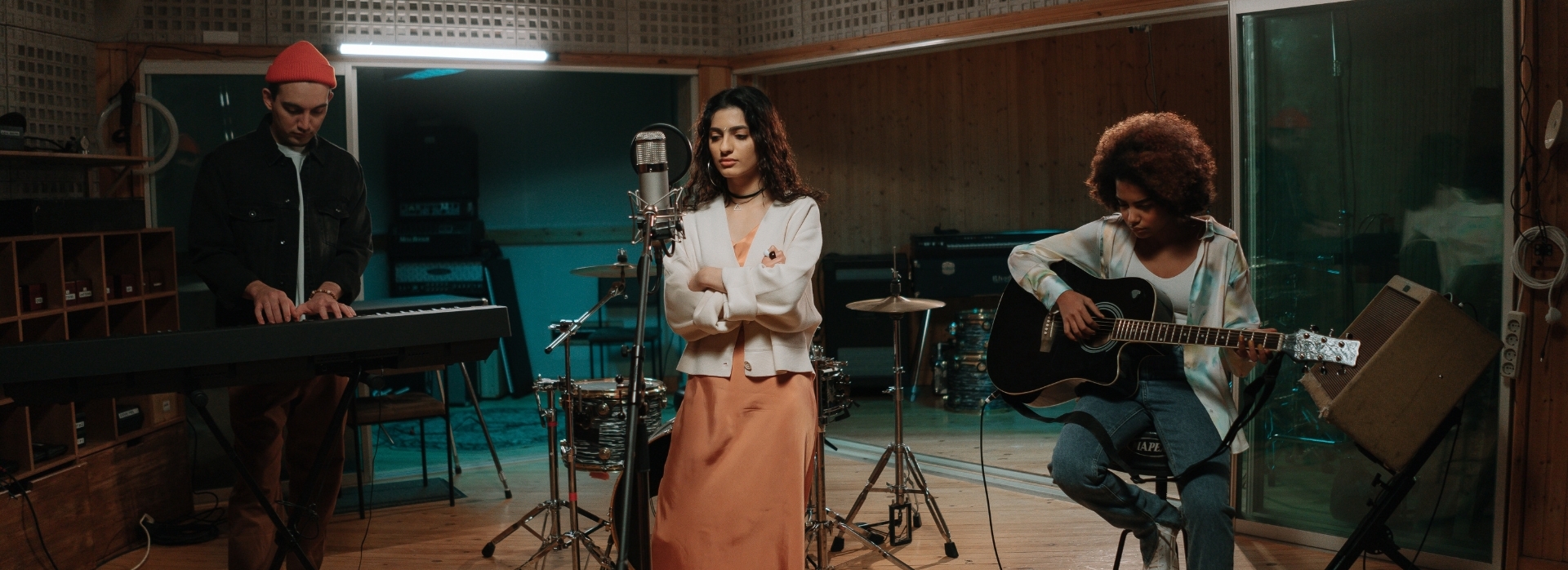
Flexibility and Versatility
Aside from purely financial advantages, modeling mics offer a high level of versatility. During a single recording session, an engineer can quickly switch between emulations, thereby auditioning multiple mic tones without physically changing microphones or re-patching gear. This fluidity is particularly beneficial for vocalists, as it can be challenging to predict which mic model will best suit a singer’s unique timbre. By allowing the choice to be made after the take, modeling promotes creative decision-making while reducing the pressure to choose the “perfect mic” in advance.
The convenience factor further extends to physical space and portability. Traditional studios often have entire walls dedicated to storing and displaying various types of microphones, each with its own shock mount, flight case, and stand accessories. A single modeling mic can feasibly cover the sonic territory of more than a dozen real microphones—no extra stands or specialized storage needed. Plus, it is much easier to take a modeling mic on location for remote recordings. One can arrive at a venue or an artist’s home studio with a single microphone case, knowing that a vast mic selection is still available through software. This simplifies logistics and can streamline the workflow in any setting, from small project studios to professional spaces that require a compact mobile rig.
Technical Considerations
While the overall concept of microphone modeling is relatively straightforward—capture a neutral signal, then process it to match the profile of another mic—many technical subtleties play a major role in the final quality of the emulation. Understanding these nuances helps users make informed choices about which modeling mic might suit them best.
Single-Capsule vs Dual-Capsule
One of the key areas where modeling systems diverge is in their mic capsule architecture. A single-capsule design, such as the one found in Slate Digital’s ML-1, takes a relatively direct approach: it focuses on providing a highly accurate, neutral capture of on-axis signals, typically in cardioid mode. The modeling software then applies EQ curves, harmonic saturation profiles, and sometimes minor adjustments to polar patterns if the original mic is known to have a certain directional characteristic. In many situations—especially vocal and close-miked recordings—this yields excellent results.
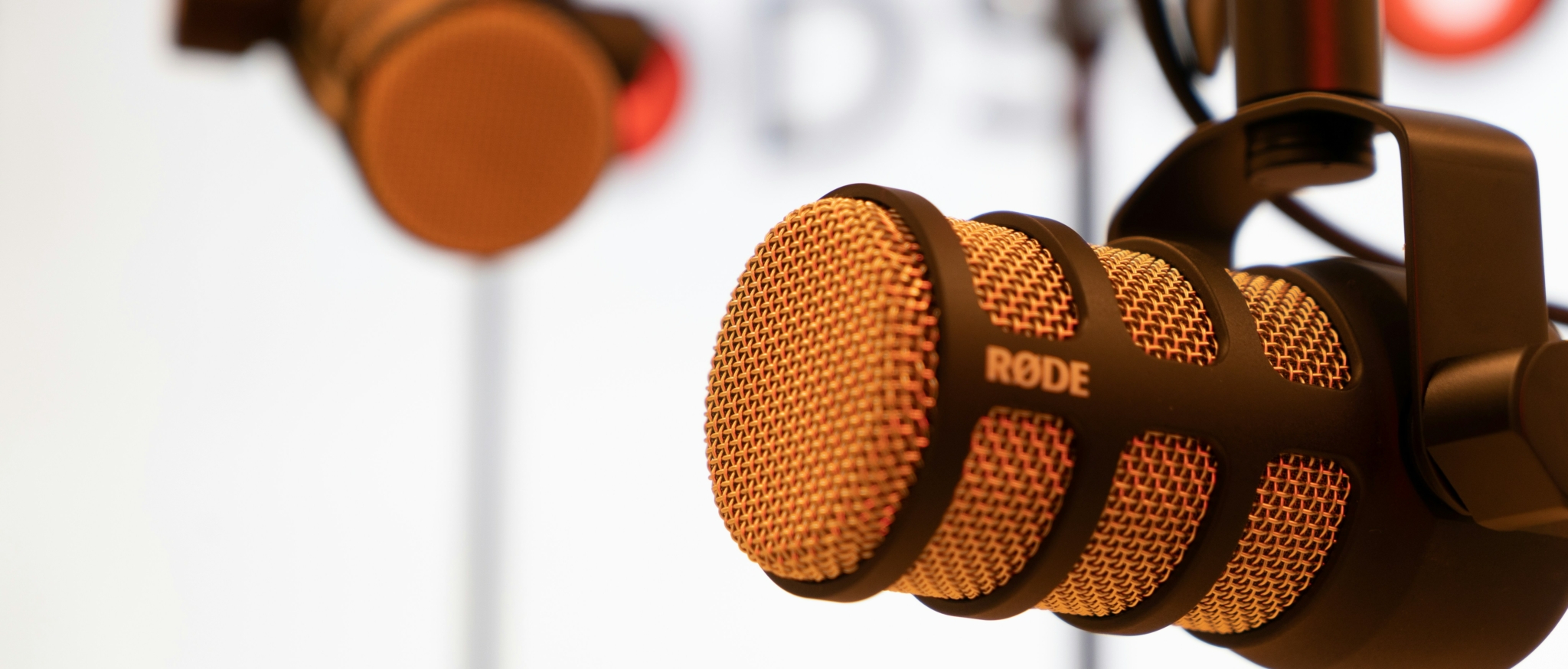
However, a dual-capsule design, like Townsend Labs Sphere or certain Antelope Edge mics, records two separate signals (front and back). This approach can capture more detailed information about how the microphone responds to sound waves from various angles. In practical terms, this means the software can more accurately reconstruct the polar pattern of classic multi-pattern microphones. It also lets users change those patterns post-recording. If you capture a performance and realize later that too much room ambience was recorded, adjusting toward a tighter pattern in the software can help mitigate the issue. Conversely, if you want a more open, omni-like sound, you can dial that in without rerecording. This extra versatility can be a game-changer for engineers who wish to optimize the ambient qualities of a track in the context of a mix.
Modeling Process and Workflow
Many modeling systems rely on a combination of frequency response matching and nonlinear modeling. Frequency response matching is akin to EQ matching: the software analyzes how the target microphone colors the sound at various frequencies and imposes that coloration onto the neutral signal from the modeling mic. Nonlinear modeling addresses more subtle aspects, such as how a tube circuit might compress or saturate when pushed by a loud source, or how certain transformer-based circuits might introduce a specific midrange texture. These aspects are crucial to the “mojo” that makes a vintage microphone so revered.
In a practical workflow, most users simply record their source through the modeling mic in a neutral setting. Then, they insert a plugin in their digital audio workstation (DAW) to load the chosen mic model. Some systems offer the ability to monitor through the chosen emulation in real time, which can be especially helpful for vocalists wanting a certain sonic vibe while they perform. However, this real-time monitoring typically requires low-latency drivers and perhaps an audio interface or DSP environment that supports near-zero latency processing. Alternatively, one might record dry and only add the emulation later, which is perfectly valid from a production standpoint—though the performer might not hear the full effect during the take.
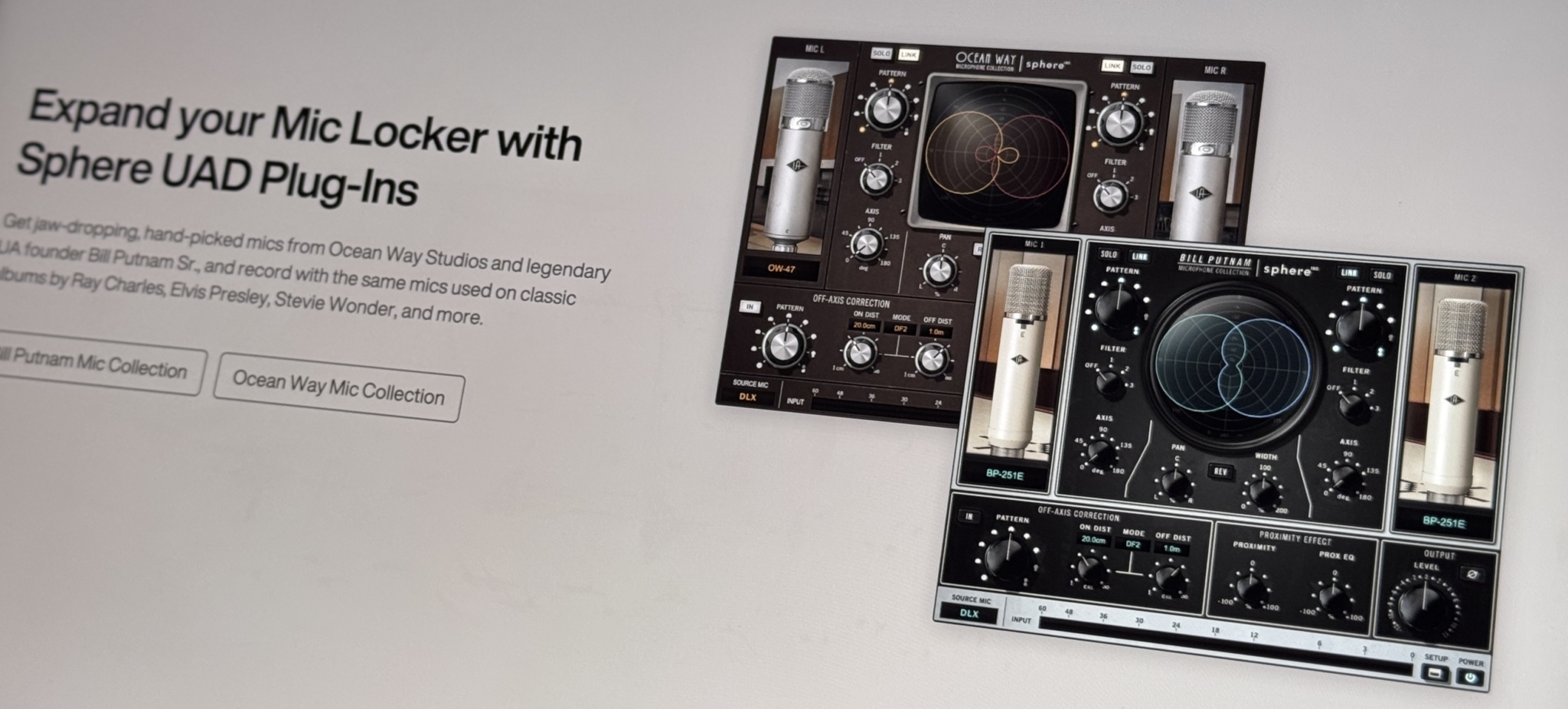
Can Modeling Replace a Vintage Collection?
For many users, the allure of microphone modeling lies in the possibility of replacing an expensive collection of real vintage microphones with a single, versatile system. However, opinions vary on how effectively modeling mics can replicate the unique warmth, depth, and character that the most coveted originals possess.
Realism and Authenticity
At the core of any debate on modeling is the question of realism. Many professional engineers who have conducted blind tests or thorough comparisons report that modern modeling systems achieve a remarkably close sound to actual vintage microphones, especially once a track is placed in the context of a full mix. Differences often become far less noticeable amid other instruments, effects processing, and the natural blending that occurs in a song.
In certain scenarios, advanced users note that the modeled mic may exhibit marginal differences in transient handling, or the midrange might have a slightly different coloration under intense gain settings. Nevertheless, these differences can be just as prevalent between two genuine vintage units of the same model, each of which may have undergone different aging, maintenance, and repairs. From that perspective, a well-made modeling system might in fact be more “standardized” in how it replicates the archetypal version of a classic microphone design.
Practical Compromises
Despite these impressive achievements, there are genuine reasons why top-tier studios continue to invest in real vintage microphones. Some engineers value the tactile experience and aesthetic of setting up a historical microphone for a client, as it can inspire confidence or evoke a certain mystique. In addition, real vintage mics sometimes have slight imperfections—like self-noise, variations in frequency response due to aging components, or unique saturation characteristics—that contribute to their legendary status. Modeling plugins often emulate these quirks, but certain intangible elements can be difficult to quantify or fully reproduce.
Another consideration is that modeling mics rely heavily on software updates and ongoing support from the manufacturer. A truly vintage microphone made decades ago is still operational today, whereas a modeling mic might become obsolete or unsupported if the company discontinues updates. Most current modeling brands have established themselves strongly in the market, which reassures users that software patches and OS compatibility will continue. Even so, some studios prefer the timeless security of hardware that does not rely on firmware or plugin compatibility. Ultimately, for most project studio operators, these concerns are outweighed by the cost-effectiveness and flexibility of a modeling mic.
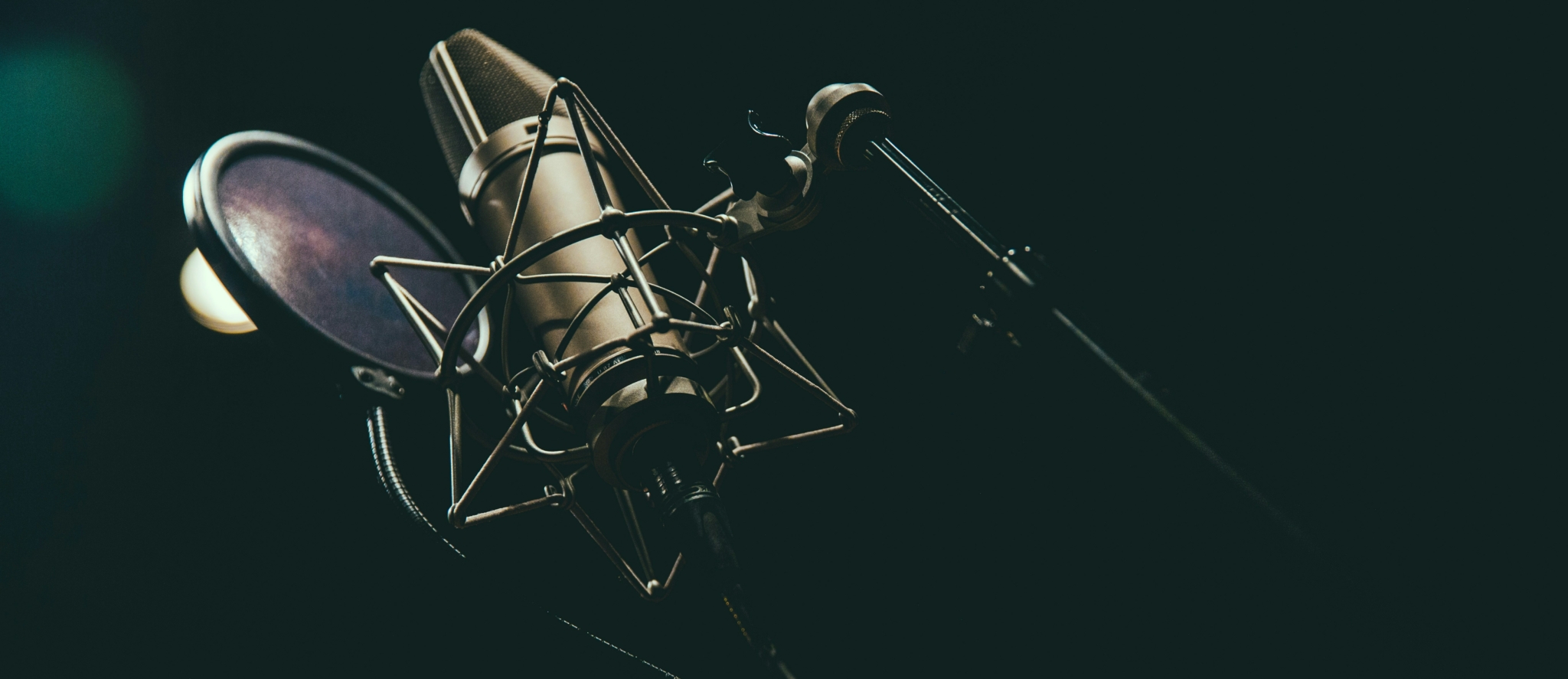
Practical Advice and Recommendations
For those intrigued by mic modeling, it can be difficult to know where to begin or how to choose the most suitable solution. The best approach depends largely on your experience level, available budget, and specific recording needs. Below are suggestions tailored to both newcomers and more advanced users.
Beginners
If you are new to recording and looking for a quick path to versatile, high-quality sound, microphone modeling is a compelling option. Rather than investing in several mid-range mics, you can focus your budget on one good modeling system as your first microphone. This yields immediate access to a broad array of tones, allowing you to experiment with famous mic sounds, learn what suits your voice or instrument, and gain a deeper understanding of how different microphones can shape a recording.
When first starting out, consider systems that offer straightforward software interfaces and do not demand excessive gear. Slate Digital VMS, for instance, is user-friendly, making it easy to move between mic models in a matter of clicks. Antelope Audio’s Edge Solo or Edge Go might also appeal if you want a simpler, single-capsule setup or even a USB-based all-in-one system. Focus on improving your recording environment as well. Even the best mic modeling solution cannot overcome poor acoustics, so prioritize basic room treatment and learn proper mic technique. In a well-treated space, you will discover how drastically different models can enhance or diminish certain sonic traits, ultimately refining your ear for microphone selection.
Intermediate and Advanced Users
For those who have already built a modest gear collection, adding a modeling mic can be a strategic way to expand options. You may already own a few real microphones, such as dynamic staples or a reliable condenser. A modeling mic introduces a whole new range of flavors without necessitating further major purchases. If you are comfortable with more complex setups, you might prefer Townsend Labs Sphere, especially if you yearn to explore post-recording polar pattern control and advanced off-axis modeling. Sphere’s dual-capsule design can offer a level of detail that single-capsule systems may not fully match.
Users who already own an Antelope Audio interface might gravitate toward the Edge series for real-time modeling via the interface’s DSP. The synergy between interface and mic can create a seamless workflow, especially if you value minimal latency. Alternatively, if your setup revolves around Universal Audio’s Apollo interfaces, Townsend Labs Sphere integrates nicely with UA’s ecosystem, allowing real-time monitoring and a consistent plugin experience. In each case, weigh the importance of advanced features like dual-capsule recording and post-capture polar pattern manipulation against your actual day-to-day needs. Even a simpler system can be transformative if your main use involves close-miked vocal recordings or general instrument tracking.
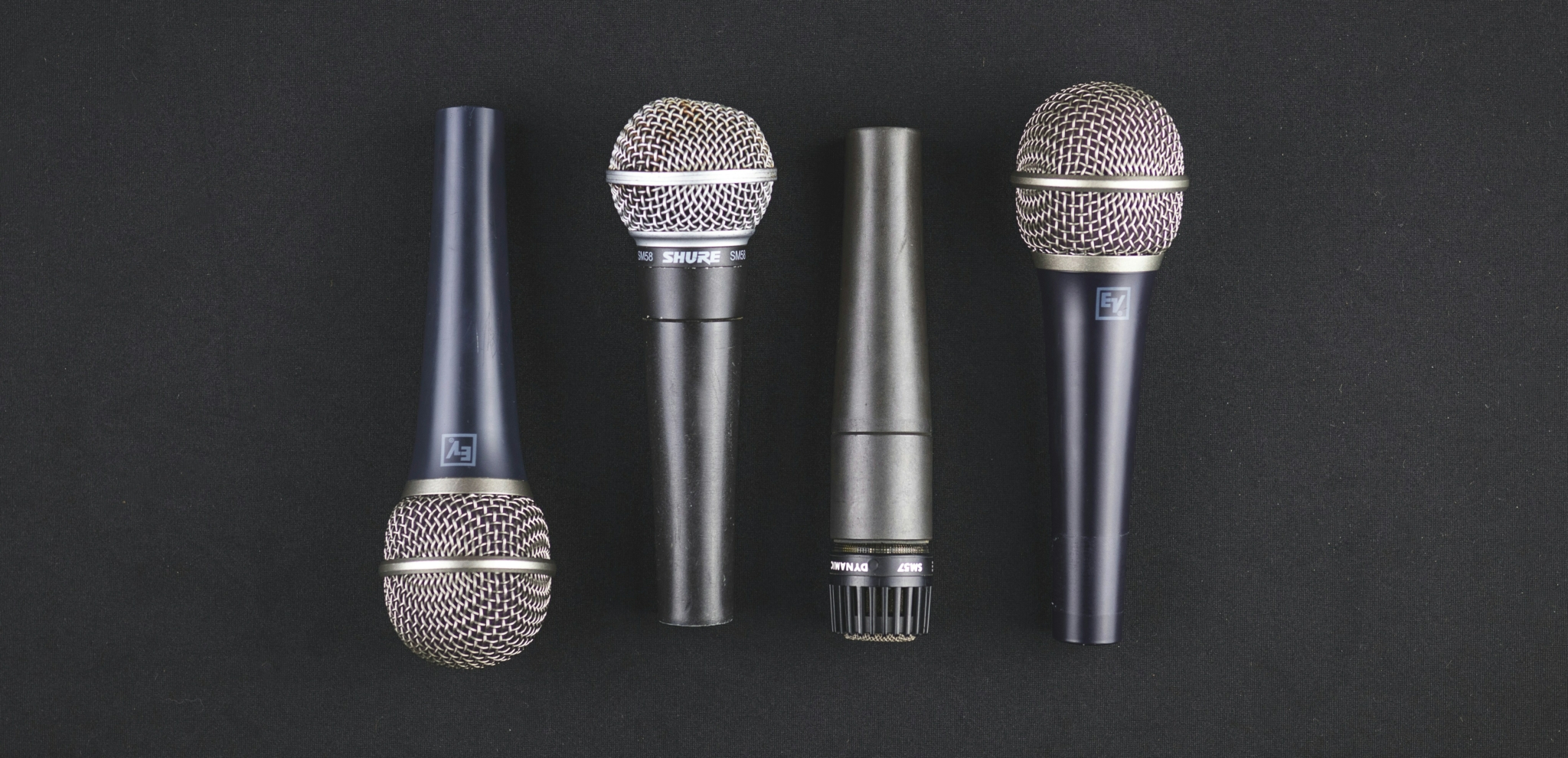
Conclusion
Microphone modeling technology has revolutionized the way many studios—large and small—approach recording. By capturing an ultra-clean signal and using sophisticated software to emulate the tonal qualities and behaviors of famous microphones, these systems offer near-endless flexibility at a fraction of the cost of a conventional mic locker. Beginners benefit from the ability to sample numerous iconic sounds with a single purchase, gaining a valuable education in microphone characteristics. Intermediate and advanced engineers find that modeling helps fill gaps in their existing gear without breaking the bank, while also providing a powerful backup and mobile recording solution.
Though purists may argue that modeling still has subtle limitations and cannot entirely replace the sentimental or historical value of a prized vintage original, the fact remains that modeling solutions have found their way into countless professional releases. For those working in a project studio environment, the decision often becomes a matter of practicality: mic modeling provides unparalleled bang for your buck, enabling a level of sound quality and variety that was previously out of reach.
Whether you choose a single-capsule design like Slate Digital VMS, a dual-capsule powerhouse like Townsend Labs Sphere, or the more extensive range from Antelope Audio, you will gain a versatile tool that can adapt to a wide range of recording scenarios. In many cases, this adaptability and convenience can easily overshadow the minor differences that might set a modeling mic apart from a mint-condition vintage collector’s item. Ultimately, the choice depends on personal workflow, budget, and the kind of sonic exploration you wish to undertake. For most project studio owners, microphone modeling is not just a novelty—it is a genuine and powerful solution that continues to redefine the boundaries of modern recording.
Über die Autorin / den Autor
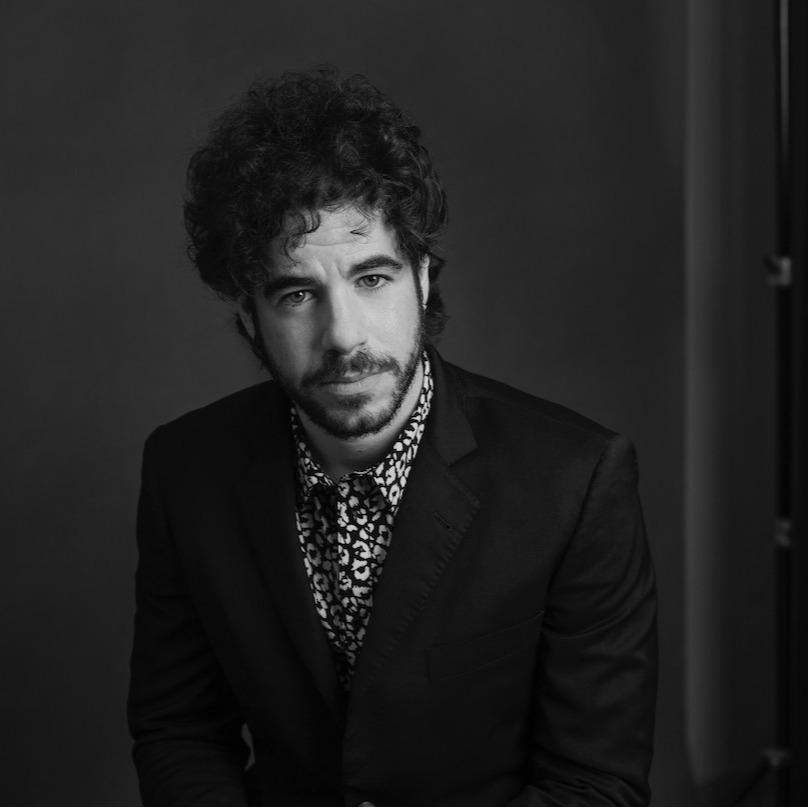
Néstor Rausell
Sänger, Musiker und Content-Marketing-SpezialistNéstor Rausell ist der Leadsänger der Rockband „Néstor Rausell y Los Impostores“. Bei MasteringBOX arbeitet er als Marketing-Spezialist.
Hinterlasse einen Kommentar
Einloggen, um zu kommentieren


